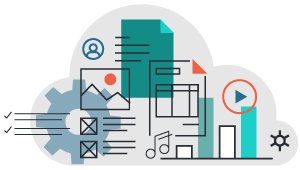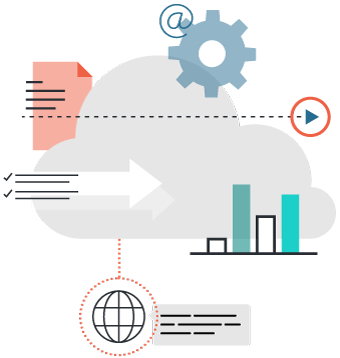Having worked in the Oracle arena for over 10 years, I have seen a lot of change both good and bad. Starting my career as a business development consultant, I had to cold-call a lot of potential clients with the cliché Power hours and endless pitches, etc. It gave me the chance to speak to a substantial number of Oracle end users.
I soon began realizing that more common than not, most Oracle customers had their issues with Oracle as a company. Whether it be perceived overly expensive costs, technology restrictions based on core counts (again struggling with the cost associated to increase capability), or the license reviews that saw many customers having to true up their Oracle licensing counts at a cost. This was further exacerbated by technical advancements that technologies such as VMware gave customers: End users acquired the ability to grow, scale, increase efficiency, and reduce overheads — but they could not apply all those capabilities with their Oracle estates, due to licensing restrictions.
What most organizations did was either maintain Oracle in a status quo, locked in frustration and endless cycles of attempting to remove Oracle without success, or fall foul of licensing complexities and have to license according to the infrastructure they were running, irrelevant of whether that provided value.

Planning for the Azure Cloud
What VMware couldn‘t give us, cloud does. We now have for the first time the ability to reshape our Oracle estates. In Azure, there is a true enterprise environment that offers an Oracle-certified and -supported platform that can host critical business applications and enable the flexibility that we expect from any cloud services provider. This lets businesses both plan for the future and re-architect legacy DB infrastructure to remain relevant and cost effective.
Ten years on, the issues customers have with Oracle are still there; we all understand that the technology is unquestionable. However, how sustainable are the costs, and how far away is the competition based on modern business needs?
Questions therefore should now be focused on:
- How important is the Oracle workload we are running? If we need it, how long do we need it for?
- In moving to the cloud, can we re-architect while keeping our data in Oracle? Can we drop EE? Is RAC relevant? Why are we on Exadata?
- If we can, is there an opportunity to remove Oracle and migrate to open source?
There are now, for the first time, so many options to use Oracle but regain the ability to add functionality and capability utilizing PaaS solutions, thus enabling IT departments to control costs and aid the business with growth and technology adoption.
Therefore, now is the time to plan for Oracle, but do so with understanding that you, the end user, have the ability and control that we have all longed for. Request your Oracle TCO Transformation Assessment today.






